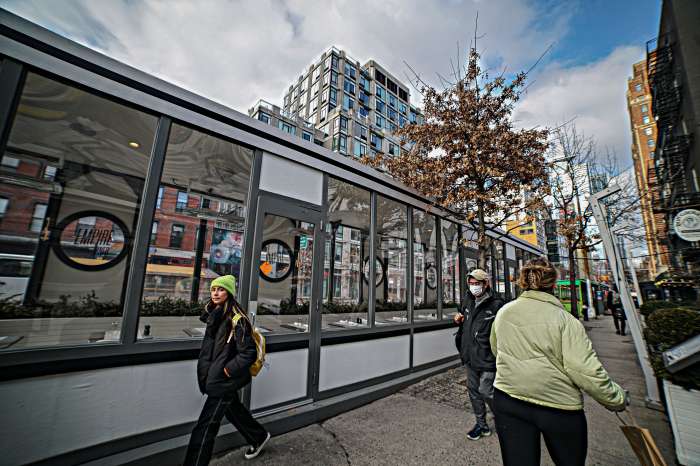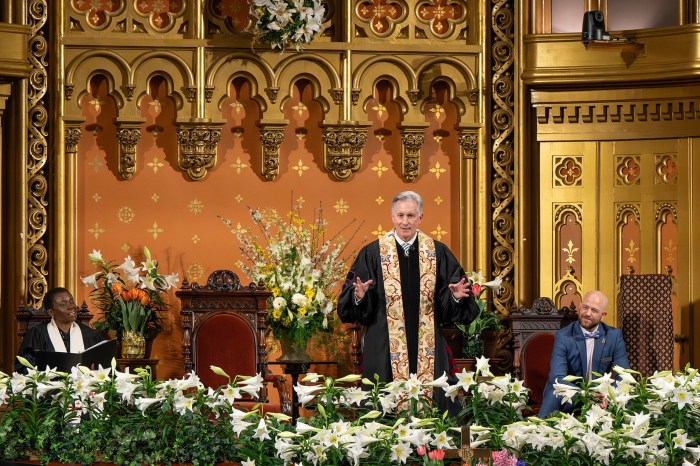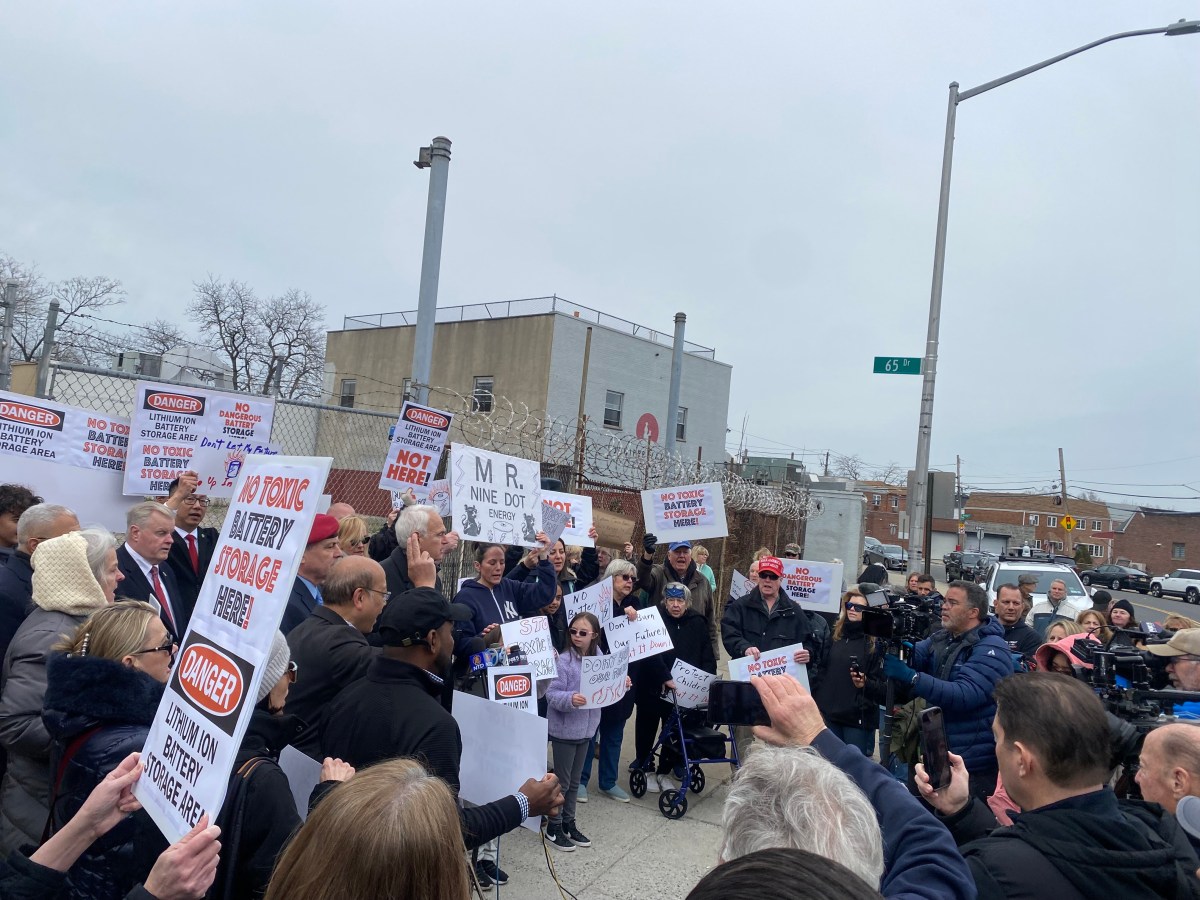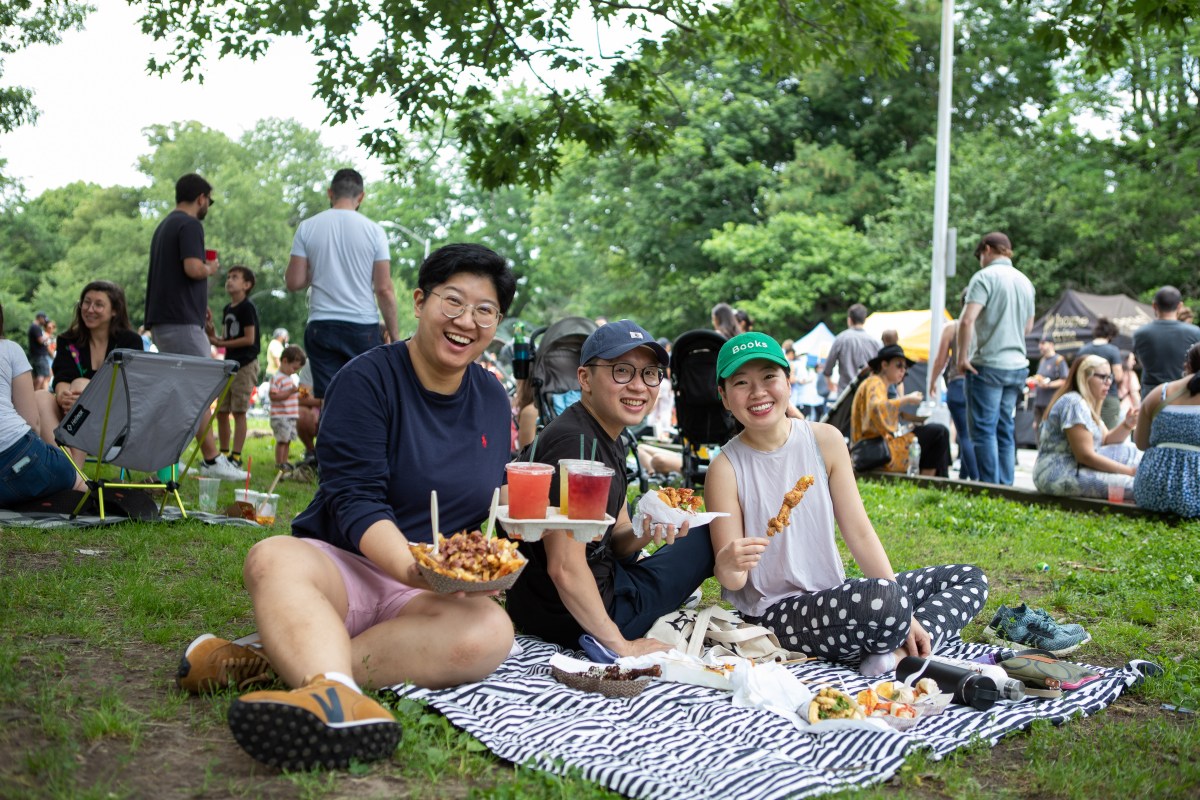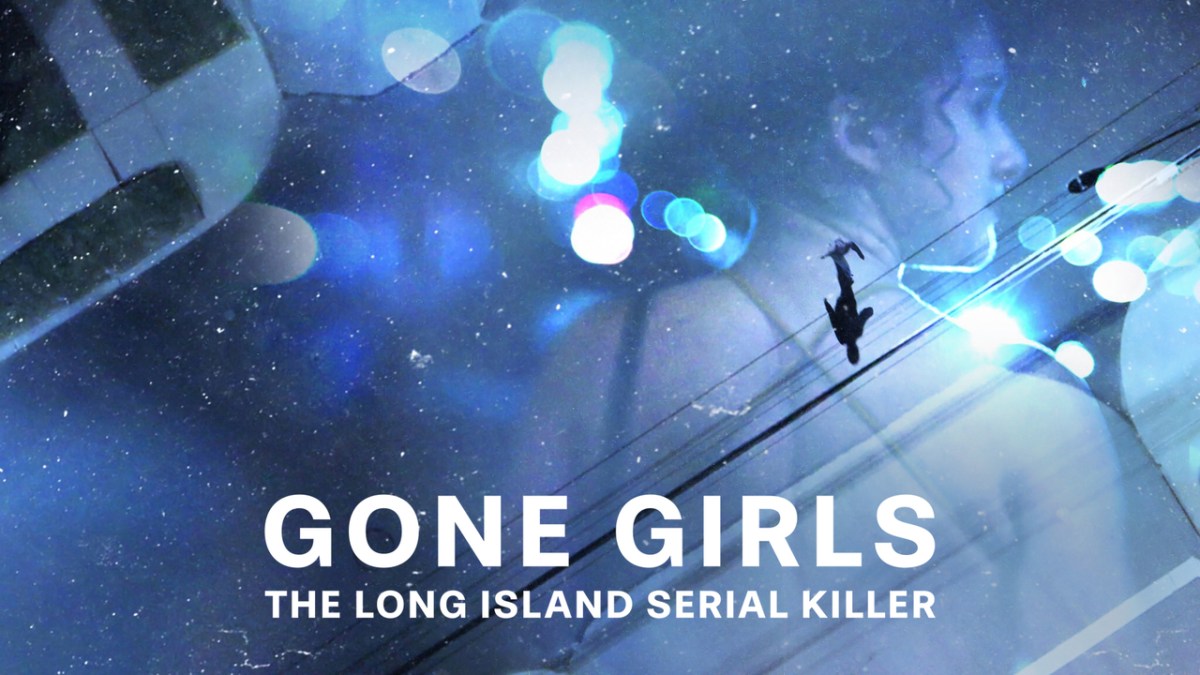As would be expected, our annual Progress Report in this week’s issue reflects the state of the economy. From businesses to community activists, individuals and organizations are feeling the impact, and figuring out what it all means for their goals and expectations.
One thing that’s clear is that major projects — if even moving forward at all — are being scaled back. That fact is illustrated in another article in this week’s Villager, about The New School’s scratching its design for a new building at 14th St. and Fifth Ave. The university plans, possibly this spring, to redesign the project as a significantly smaller, less expensive structure.
It seems The New School was bowing as much to the credit crunch as to community opposition to the former design’s sheer-walled height, glass facade and possibly pink luminescence. Regardless, the new project, thankfully, will be downsized and more contextual in design to Greenwich Village.
Even before the financial crisis, New York University was pledging to build two Washington Square-area projects contextually. For both projects — redevelopment of the Provincetown Playhouse and Apartments and the N.Y.U. Catholic Center sites — the university has stated it won’t use the full amount of F.A.R. (floor area ratio) available; meaning it won’t build to the maximum square footage allowable under the sites’ zoning, thus, “leaving F.A.R. on the table.”
Most of our institutions seem to get that now is a time for moderation due to fiscal constraints. St. Vincent’s Hospital just won — rightly, we believe — a major victory when the Landmarks Preservation Commission approved plans for its new tower. While the hospital has pared to the bone the facilities to go into this new building, the project’s residential component on Seventh Ave.’s east side, by the Rudin Organization, still needs trimming: Its so-called “bookend” tower on the avenue must be lowered. In financially uncertain times, it only makes sense for Rudin to build smaller, which will also bring its project more into line with what the community can absorb, in terms of height, bulk and density.
On a hopeful note, also reported in this week’s issue, the Hudson River Park Trust is seeking $57 million in stimulus funds for Pier 40 at W. Houston St. The Trust reportedly needs $35 million to repair the 14-acre pier’s piles, $20 million to fix the pier’s roof and $2 million to fender the pier’s edges, protecting it from boats. This is a perfect, “shovel-ready,” stimulus-funds project: The federal money would ensure the pier, with its treasured sports fields, remains a vital community hub, and its parking garage a key revenue generator for the park.
A structurally sound Pier 40 surely would entice the School Construction Authority to build one or more schools there. Similarly, because Pier 40’s infrastructure will have been shored up, potential redevelopment schemes won’t carry major renovation costs, resulting in lower impacts than previous failed Pier 40 proposals.
Sometimes an economic crisis can refocus us and bring our priorities into line with what’s best for our community.



